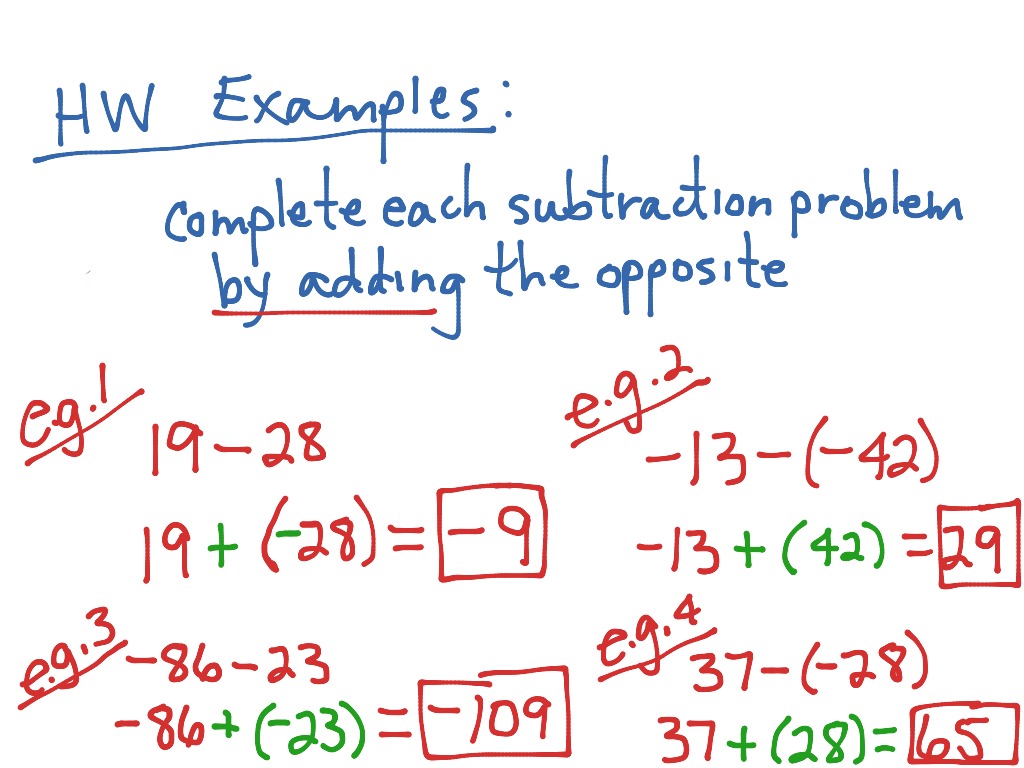

In the framework of the Kantian categorical imperative, negative rights can be associated with perfect duties, while positive rights can be connected to imperfect duties. A positive right is a right to be subjected to an action of another person or group. Negative rights exist unless someone acts to negate them. Under the theory of positive and negative rights, a negative right is a right not to be subjected to an action of another person or group such as a government, usually occurring in the form of abuse or coercion. Some philosophers (see criticisms) disagree that the negative-positive rights distinction is useful or valid.

In the "three generations" account of human rights, negative rights are often associated with the first generation of rights, while positive rights are associated with the second and third generations. Additionally, they include economic, social and cultural rights such as food, housing, public education, employment, national security, military, health care, social security, internet access, and a minimum standard of living. Positive rights, as initially proposed in 1979 by the Czech jurist Karel Vašák, may include other civil and political rights such as the right to counsel and police protection of person and property. Negative rights may include civil and political rights such as freedom of speech, life, private property, freedom from violent crime, protection against being defrauded, freedom of religion, habeas corpus, a fair trial, and the right not to be enslaved by another. A case in point, if Adrian has a negative right to life against Clay, then Clay is required to refrain from killing Adrian while if Adrian has a positive right to life against Clay, then Clay is required to act as necessary to preserve the life of Adrian. In contrast, Adrian has a positive right to x against Clay, if and only if Clay is obliged to act upon Adrian in some way regarding x. To take an example involving two parties in a court of law: Adrian has a negative right to x against Clay, if and only if Clay is prohibited to act upon Adrian in some way regarding x. The notion of positive and negative rights may also be applied to liberty rights.

These obligations may be of either a legal or moral character. Negative and positive rights are rights that oblige either inaction ( negative rights) or action ( positive rights).


 0 kommentar(er)
0 kommentar(er)
